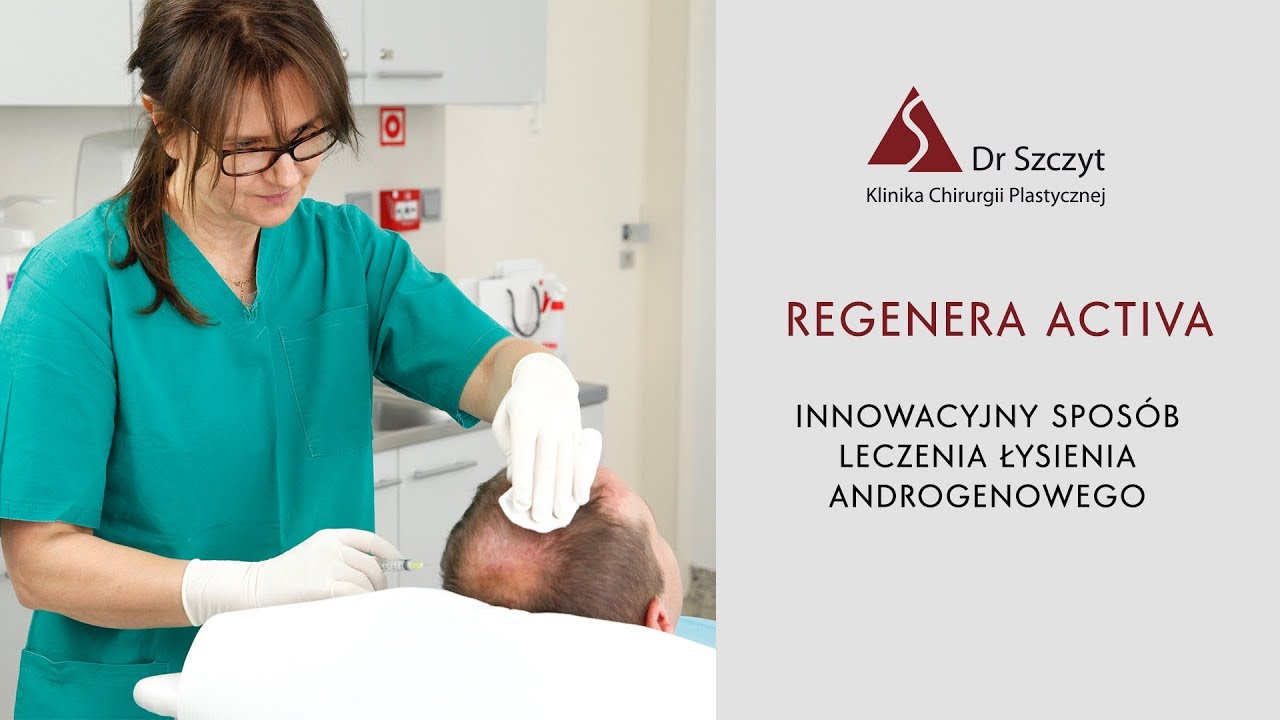What is the FUE method and is it an effective way to restore hair density?

Hair loss is a problem that affects both men and women. Hair loss negatively affects self-confidence and mood, becoming a serious challenge in daily life. Fortunately, modern aesthetic medicine methods offer effective solutions to restore hair density and natural appearance. One of the innovative and effective techniques is hair transplantation using the FUE technique - what does it involve?
What is the FUE method?
The FUE method, or follicular unit extraction, is a modern hair transplantation technique that is distinguished by its low invasiveness. It involves taking individual follicular units from a donor area, usually located on the back of the head, and then implanting them in areas affected by baldness. This eliminates the need for incisions and sutures. The advantage of the FUE method is that there are no visible scars, as the micro-punctures at the follicle harvesting site heal quickly and are virtually invisible. The procedure is precise and achieves a natural result - hair follicles are transplanted according to the natural direction of hair growth.
Up to about 6,000 hairs, equivalent to 2,500 follicular units, can be transplanted at one time using the FUE method. Each follicular unit contains one to four hairs, allowing the transplant to be tailored to the patient's needs.
Transplanting such a large number of hairs in a single procedure requires exceptional precision and an experienced medical team. At our clinic, we go to great lengths to ensure that each transplant provides maximum follicle survival and guarantees a natural appearance. If it is necessary to transplant a larger number of hairs, we help plan subsequent sessions to achieve the optimal result in stages.
FUE hair transplant process
FUE hair transplantation consists of several stages. The first of these is a medical consultation. During the visit, the doctor assesses the patient's health condition and the degree of baldness, and on this basis develops an appropriate strategy of action.
Preparation for the procedure
On the day of the procedure, the donor area from which the hair follicles will be harvested is shaved, allowing the doctor precise access to the follicles. Both the donor and recipient areas are then given local anesthesia, making the procedure painless and comfortable for the patient.
Collection of hair follicles
During the procedure, the doctor uses specialized micro-tools to harvest individual hair follicles from the donor area. This precise technique prevents damage to neighboring hair follicles, greatly increasing their survival rate and transplant effectiveness.
Transplantation of hair follicles
Once harvested, the follicles are properly processed and implanted into pre-prepared microchannels in the recipient area. The procedure requires extreme precision, as the follicles must be placed at the correct angle and in line with the natural direction of hair growth. This ensures that the transplanted hair looks like natural hair.
Recovery period
Immediately after the procedure, the patient may notice slight redness and swelling in the donor and recipient areas, which usually subsides within a few days. It is important to follow the doctor's scalp care instructions to ensure proper healing. Hair begins to grow after 3-4 months, and the full effects of the transplant can be seen after 9-12 months. Transplanted hair is permanent and resistant to the hormones responsible for androgenetic alopecia.
Why choose the FUE method?
One of the advantages of the FUE method is the aforementioned lack of visible scars. Traditional methods, including FUT, leave marks in the form of linear incisions, which is unsightly, especially for women. With FUE, patients enjoy the natural appearance of hair, regardless of its length.
The FUE technique allows for very natural results, as the follicles are taken in a way that allows them to blend harmoniously into the already growing hair.
What are the indications for FUE hair transplantation?
FUE hair transplantation is an ideal solution for people struggling with various types of baldness, including androgenetic alopecia, which is one of the most common causes of hair loss in both men and women. The method also works well for patients with thinning hair caused by traumatic scars, burns or previous surgeries. The indication for the procedure is hair loss on the eyebrows, beard or mustache, which the patient wants to replace.
Read also: What do changes in appearance indicate? The body says more than you think
What are the contraindications to FUE hair transplantation?
FUE hair transplantation, although safe and minimally invasive, cannot always be performed. Contraindications to the procedure are:
- Active diseases of the scalp (psoriasis, ringworm or folliculitis),
- blood clotting disorders,
- Taking anticoagulant drugs,
- unregulated chronic diseases (such as diabetes).
The FUE method is not recommended for those with a complete absence of hair follicles in the donor area or those suffering from alopecia areata, as the effectiveness of the procedure is limited in such cases. Patients undergoing cancer treatment and pregnant women should postpone the procedure until after treatment or delivery.
How to take care of hair after transplantation?
In the first days after the procedure, the transplanted area should not be touched and the head must be washed very gently. The patient should use mild shampoos and scalp products recommended by the doctor. It is important to avoid strenuous exercise, saunas, swimming pools and direct sun exposure for at least 2 weeks to reduce the risk of irritation and infection. If scabs appear, do not remove them yourself - they will naturally fall off within a few days. Taking care of a proper diet, hydrating the body and avoiding smoking also promote hair follicle regeneration.
What are the long-term effects of FUE hair transplantation?
One of the greatest advantages of the FUE method is the durability of the results achieved. The transplanted hair is androgen-resistant, which means that it grows for life. Regaining density significantly improves patients' well-being. Many people who have opted for the procedure have noticed a significant improvement in their quality of life and greater self-confidence.
The FUE method is a modern and effective solution for those affected by hair loss. Thanks to its low invasiveness, lack of visible scarring and natural results, FUE has become one of the most popular methods of hair transplantation.
FAQ
Is the FUE method painful?
The procedure is performed under local anesthesia, so the patient feels no pain. After the procedure, there may be some minor discomfort, but this quickly subsides.
How long does the FUE procedure take?
The duration of the procedure depends on the number of hair follicles to be transplanted, but it is usually several hours. It is usually performed in one day.
Do scars remain after the FUE procedure?
The FUE method is minimally invasive and leaves no visible scars. Micropunctures in the donor area heal quickly, and small marks are virtually invisible.
What are the effects of FUE transplantation?
The effects are permanent and natural. Newly transplanted hair begins to grow after 3-4 months, and full results are visible after about 12 months.
Is the FUE method suitable for everyone?
The FUE method is effective in most patients, but works best in those with sufficient healthy hair follicles in the donor area. The final decision on the feasibility of the procedure is made after consultation with a physician.
Does the FUE method recover all lost hair?
The FUE method can thicken hair and fill in areas of baldness, but its effectiveness depends on the availability of hair follicles in the donor area. It may require several sessions to replenish completely lost hair.
Are the effects of FUE transplantation permanent?
Yes, the transplanted hair is resistant to the hormones that cause baldness (DHT), so the effects of the procedure are permanent. However, it is important to maintain overall health and care for the scalp properly.













